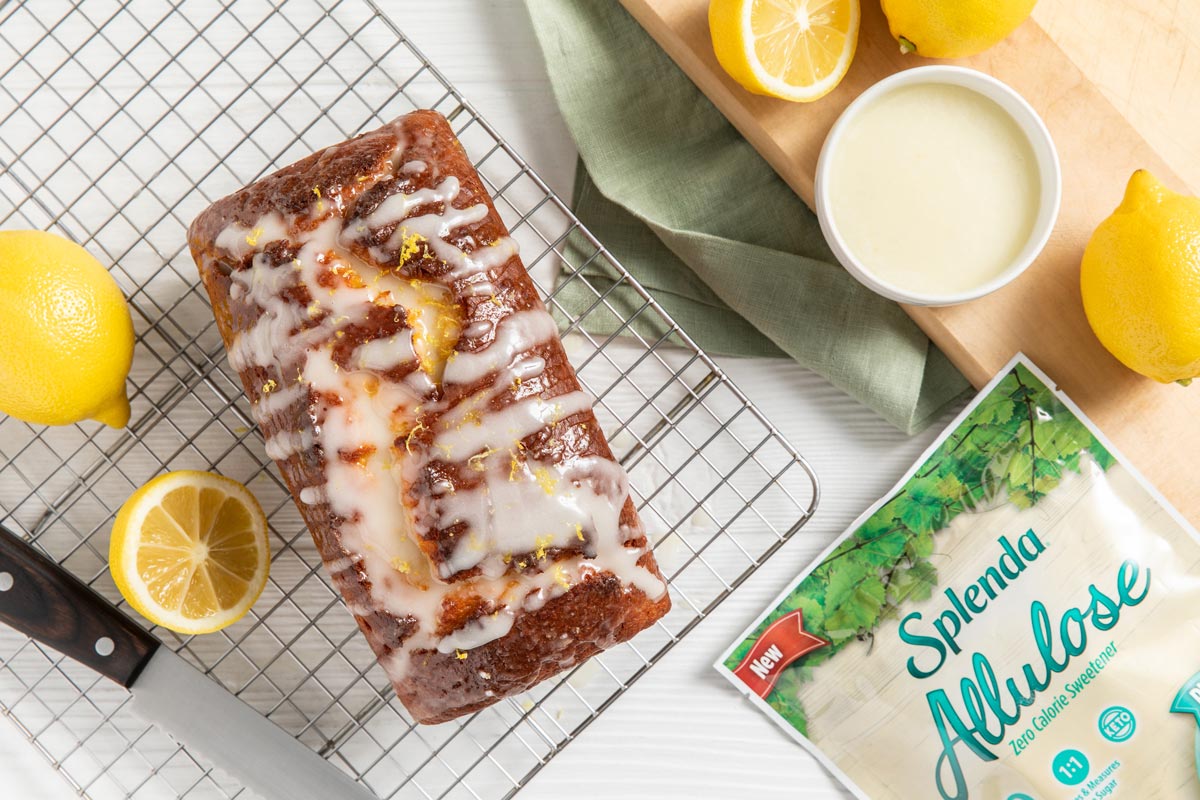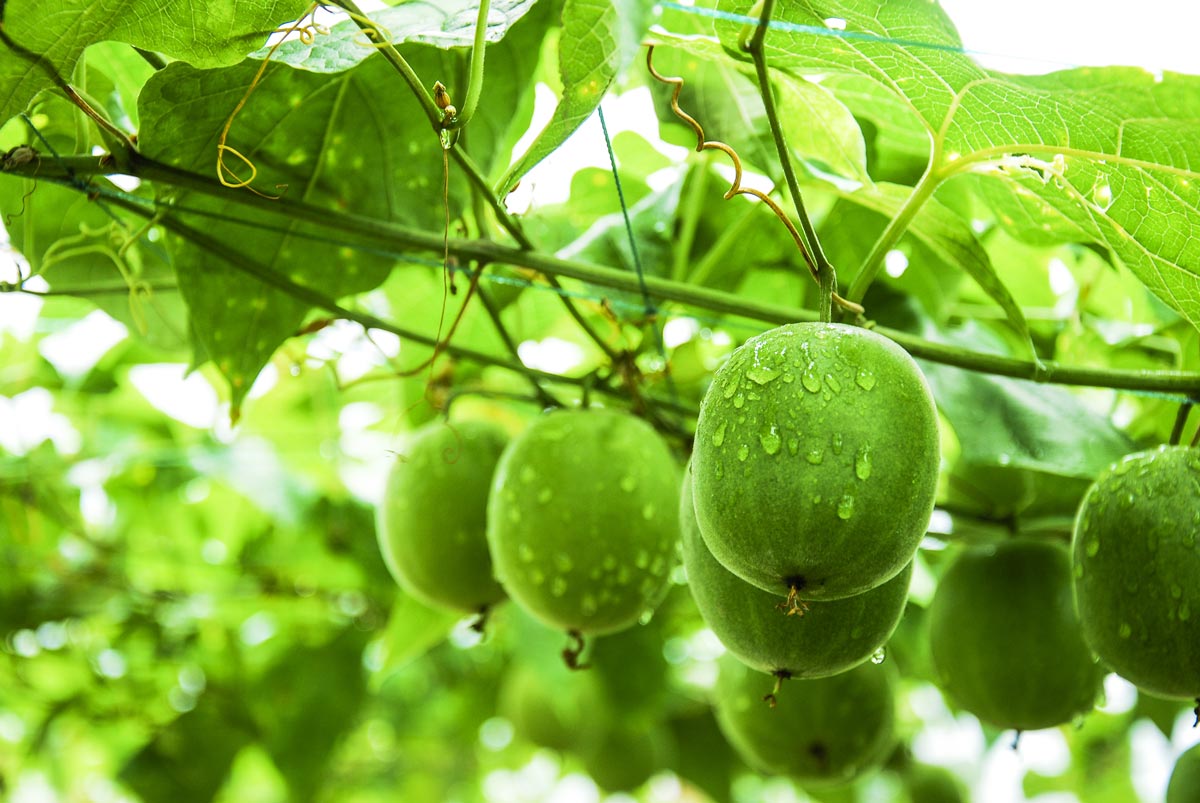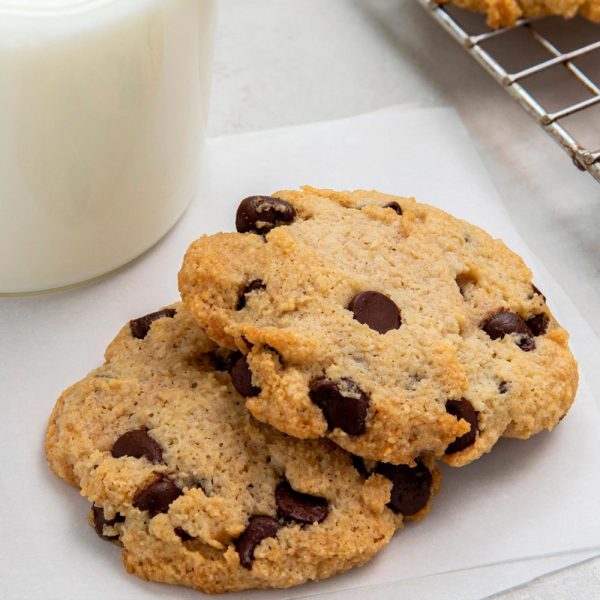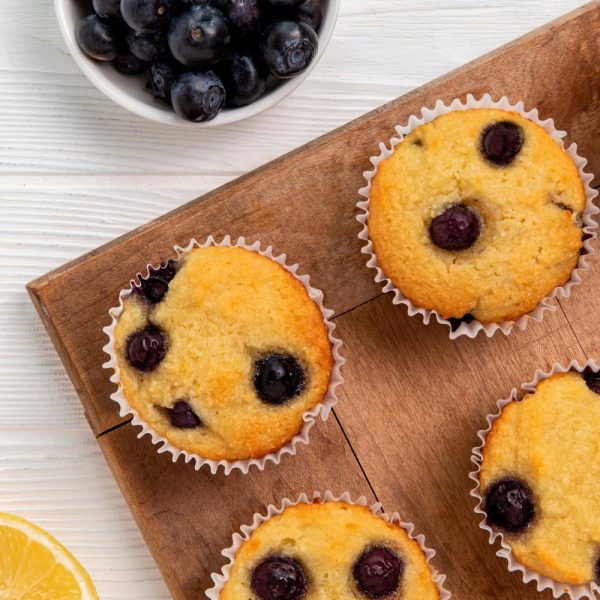Top 4 Keto Sweeteners To Use Instead of Sugar
Cut net carbs and calories with these great-tasting, sugar free sugar substitutes - allulose, monk fruit, erythritol, and stevia.
April 22, 2021
When you embark on a keto diet, you must bid farewell to sugar. Sugar isn’t a keto-friendly sweetener.
But giving up sugar can be tough, especially if you have a sweet tooth. How will you make Grandma’s famous chocolate chip cookies now?
Don’t worry, you have options. Allulose, monk fruit, stevia, and erythritol are all keto sweeteners that taste and bake like sugar, without the negative health impacts.
In fact, these low-carb sweeteners (all of which can be found right here at Splenda) have health benefits. You’ll feel good about eating your keto cookie.
We’ll cover allulose and the rest of the sweet keto gang in a moment. First, let’s talk about what they’re replacing.
The Problem With Added Sugar
When people talk about sugar, they’re usually talking about sucrose, also called table sugar. They might also be talking about high fructose corn syrup, a compound similar to sucrose used to sweeten beverages. (Note: Both sucrose and high fructose corn syrup are combinations of the simple sugars glucose and fructose).
Much research suggests that added sugar (especially from sugary drinks) is driving the obesity epidemic in America.1 Why? Because empty sugar calories are easy to overconsume. They don’t fill us up like protein, fat, or fiber do.
Sugar also causes metabolic issues. Specifically, high sugar intakes are linked to insulin resistance, the metabolic problem underlying type 2 diabetes (T2D).1 Insulin resistance is the reason blood sugar stays high and excessive fat gets stored in T2D.
Since added sugar is clearly hazardous to our health, the American Heart Association (AHA) recommends Americans limit sugar intake to 6 to 9 teaspoons per day. (6 for women and 9 for men).2
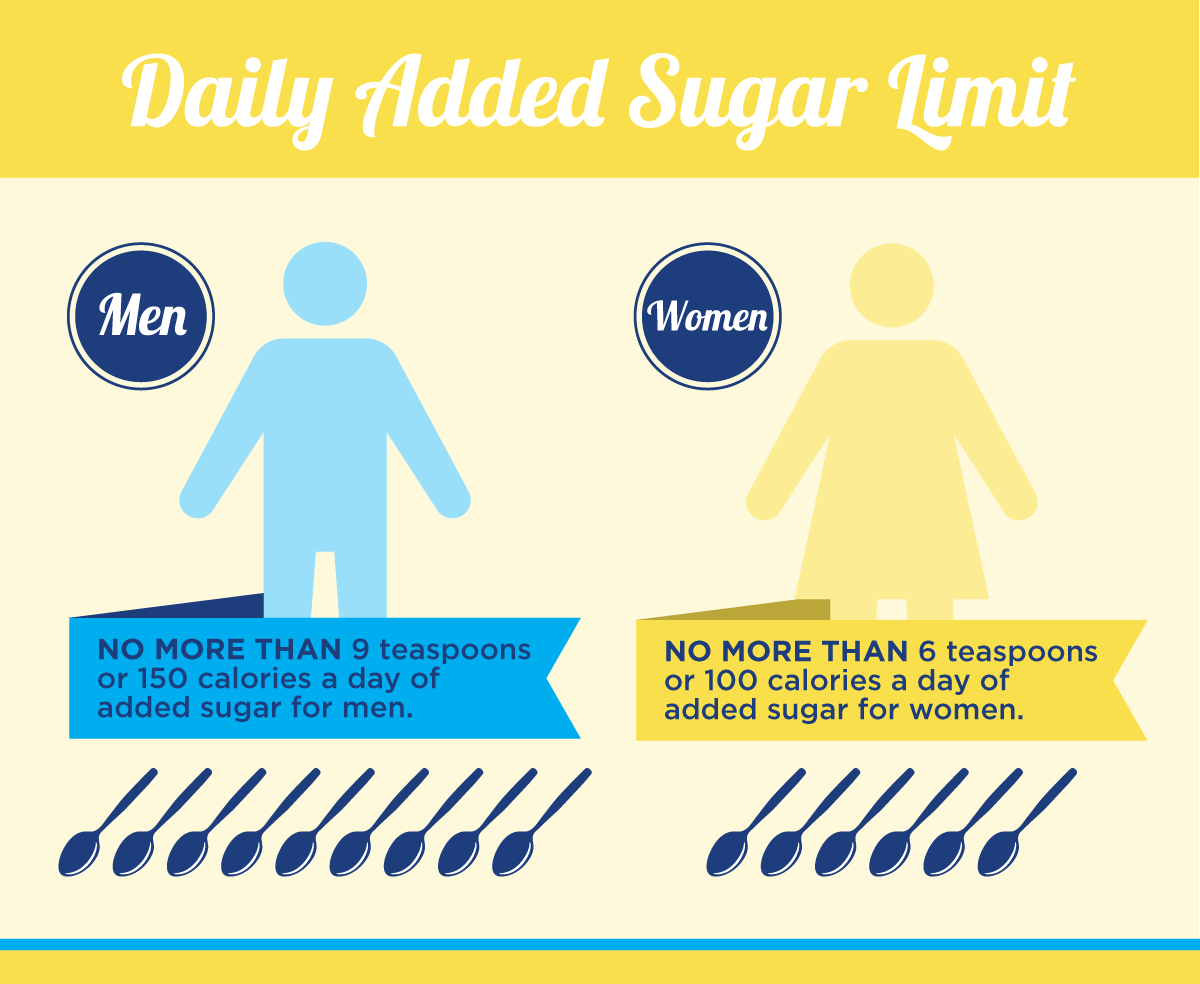
How much sugar does the average American consume each day? Closer to 15 or 16 teaspoons!3 We have work to do.
Sugar and the Keto Diet
Sugar is like keto repellent. When we eat it, our ability to burn fat scurries away like a frightened squirrel. Some explanation will help.
When you eat a ketogenic diet, you consume 55 to 70 percent of your calories from fat, 20 to 35 percent from protein, and less than 10 percent from carbohydrates.4 Keeping your macronutrients in these ratios allows you to enter the unique fat-burning state called ketosis.
Keeping net carbs low is the number one rule of keto. (Net carbs are total carbs minus fiber and sugar alcohols, and they’re the only carbs that count on keto). Keeping net carbs low keeps blood sugar low, which in turn keeps the hormone insulin low. With insulin low, your body can happily access stored fat for energy.4
Conversely, eating sugar raises insulin levels and inhibits fat burning. Eating sugar is a surefire way to kick yourself out of ketosis.
Now let’s talk about how to stay keto while you bake, sprinkle, and sweeten.
Top 4 Keto-Friendly Sweeteners
A keto sweetener should not only help you stay in ketosis but also taste and bake great. Here are your best four options:
#1: Allulose
Allulose is all the buzz in the keto community. Why? Because allulose tastes, bakes, and browns like sugar—without the calories.
Allulose is a naturally-occurring sweetener found in figs, raisins and jackfruit. Unlike sugar, most allulose isn’t absorbed by your body. That’s why it’s extremely low in calories.
Allulose has promising health benefits for the keto crowd. In one study, for example, consuming allulose before a meal curbed the blood sugar response and increased fat burning.5
Bottom line? If you’re looking for a keto-approved sugar substitute for all your favorite recipes, consider Splenda Allulose Sweetener. Your family won’t even know you made the switch.
Baking tip: Allulose browns even faster than sugar, so lower the oven temperature by 25º for your favorite recipes. Splenda Allulose Sweetener is a 1:1 swap for sugar.
#2: Monk fruit
Monk fruit extract contains zero calories and is perfectly compatible with the keto diet. Why is monk fruit compatible with keto? Because consuming it doesn’t significantly impact blood sugar levels.6
Monk fruit (also called Luo Han Guo) has been used for centuries in traditional Chinese medicine, reportedly for ailments associated with heat and fever. The sweetness of monk fruit is powered by a compound called mogroside V. Researchers have studied mogroside V for its health benefits, including its potential antioxidant properties.7
You can use monk fruit anywhere you would use sugar. For a simple sweetener that’s 1:1 with sugar, try Splenda Monk Fruit Sweetener. It’s a tasty blend of monk fruit and erythritol for all your sweetening needs.
Baking tip: Splenda Monk Fruit Sweetener works for all your baking needs. It has a subtle, brown sugar-like flavor that works well in banana, pumpkin bread and muffin recipes. Enjoy.
#3: Erythritol
Erythritol is a naturally occurring zero-calorie carbohydrate found in many vegetables and fruit.
Of all the sugar alcohols—mannitol, maltitol, sorbitol, etc.—erythritol is the keto-friendliest. Not only does it contain the fewest calories, but it’s also the best tolerated by the gut.8
Like the other sweeteners on this list, erythritol also doesn’t raise blood sugar or insulin levels. That’s why it’s keto-approved. As a bonus, research suggests erythritol may improve oral health.8
Baking and sweetening with erythritol are easy. Use Splenda Monk Fruit or Splenda Stevia sweeteners (both made with erythritol) anywhere you’d use sugar.
Baking tip: Erythritol has great baking versatility, and many people find it works well to make frozen desserts.
#4: Stevia
Stevia extract is similar to monk fruit extract. It contains zero calories, doesn’t raise blood sugar or insulin levels, and has promising antioxidant properties.9
The stevia rebaudiana plant has a long history of human usage. In fact, the people of South America have use stevia leaves as a remedy for diabetes for hundreds of years.9
The compounds that lend stevia its sweetness (steviol glycosides) are also the compounds that drive stevia’s health benefits. Steviol glycosides are potent antioxidants.9
If you’d like to give stevia a try, pick up a package of Splenda Stevia Sweetener. It’s powered by rebaudioside D, the sweetest steviol glycoside, so you don’t have to worry about a bitter aftertaste. Oh, and it’s plant based and tastes just like sugar.
Baking tip: Use 1/2 cup of Splenda Stevia Sweetener Jar to replace one cup of sugar. When baking with this sweetener, it’s best to check on the baked goods a few minutes early, as it often cooks faster than sugar.
Choose Your Keto Sweetener
After reading this article, you should be well-prepared to choose a keto-friendly sweetener. The handy comparison chart should help too. Bookmark this page and return whenever you like. Happy sweetening.
Brian Stanton is the author of Keto Intermittent Fasting, a certified health coach, and a leading authority on the keto diet. Follow Brian’s work by visiting his website at brianjstanton.com.
Recipes You May Like
Splenda Keto-Friendly Sweeteners
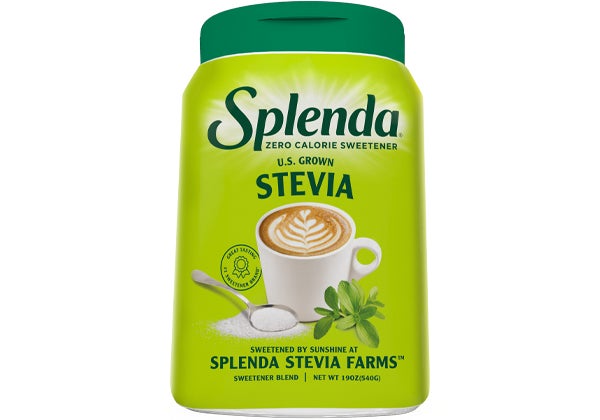
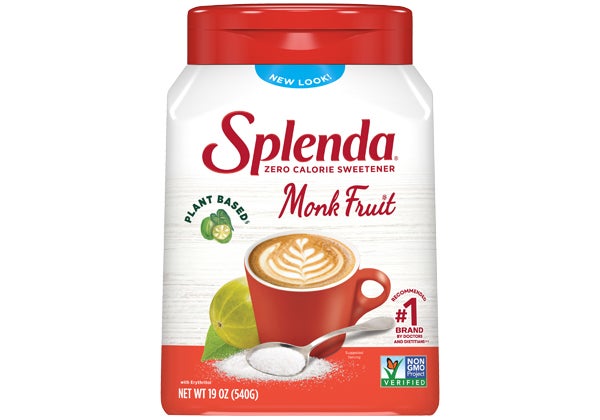
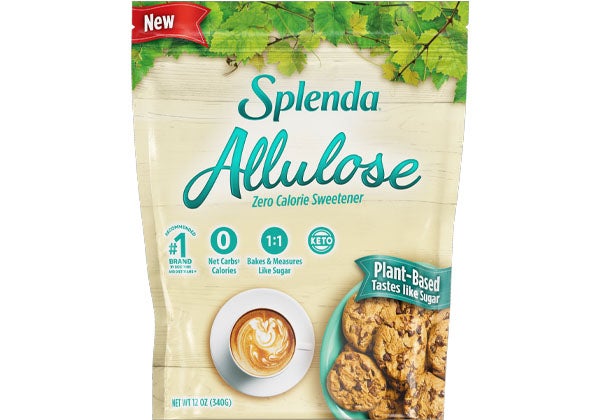
1 Malik, Vasanti S et al. “Sugar-sweetened beverages, obesity, type 2 diabetes mellitus, and cardiovascular disease risk.” Circulation vol. 121,11 (2010): 1356-64. doi:10.1161/CIRCULATIONAHA.109.876185 2 Added Sugars. American Heart Association, Heart.org. 2018. 3 Scientific Report of the 2020 Dietary Guidelines Advisory Committee Advisory Report to the Secretary of Agriculture and Secretary of Health and Human Services. 2020. 4 Masood W et al. “Ketogenic Diet”. In: StatPearls [Internet]. Treasure Island (FL): StatPearls Publishing; 2020 Jan 5 Kimura, Tomonori et al. “d-Allulose enhances postprandial fat oxidation in healthy humans.” Nutrition (Burbank, Los Angeles County, Calif.) vol. 43-44 (2017): 16-20. doi:10.1016/j.nut.2017.06.007 6 Tey, S., Salleh, N., Henry, J. et al. Effects of aspartame-, monk fruit-, stevia- and sucrose-sweetened beverages on postprandial glucose, insulin and energy intake. Int J Obes 41, 450–457 (2017). https://doi.org/10.1038/ijo.2016.225 7 Ban, Qingfeng et al. “Physiochemical, rheological, microstructural, and antioxidant properties of yogurt using monk fruit extract as a sweetener.” Journal of dairy science vol. 103,11 (2020): 10006-10014. doi:10.3168/jds.2020-18703 8 Regnat, K et al. “Erythritol as sweetener-wherefrom and whereto?.” Applied microbiology and biotechnology vol. 102,2 (2018): 587-595. doi:10.1007/s00253-017-8654-1 9 Ashwell, Margaret. “Stevia, Nature’s Zero-Calorie Sustainable Sweetener: A New Player in the Fight Against Obesity.” Nutrition today vol. 50,3 (2015): 129-134. doi:10.1097/NT.0000000000000094


